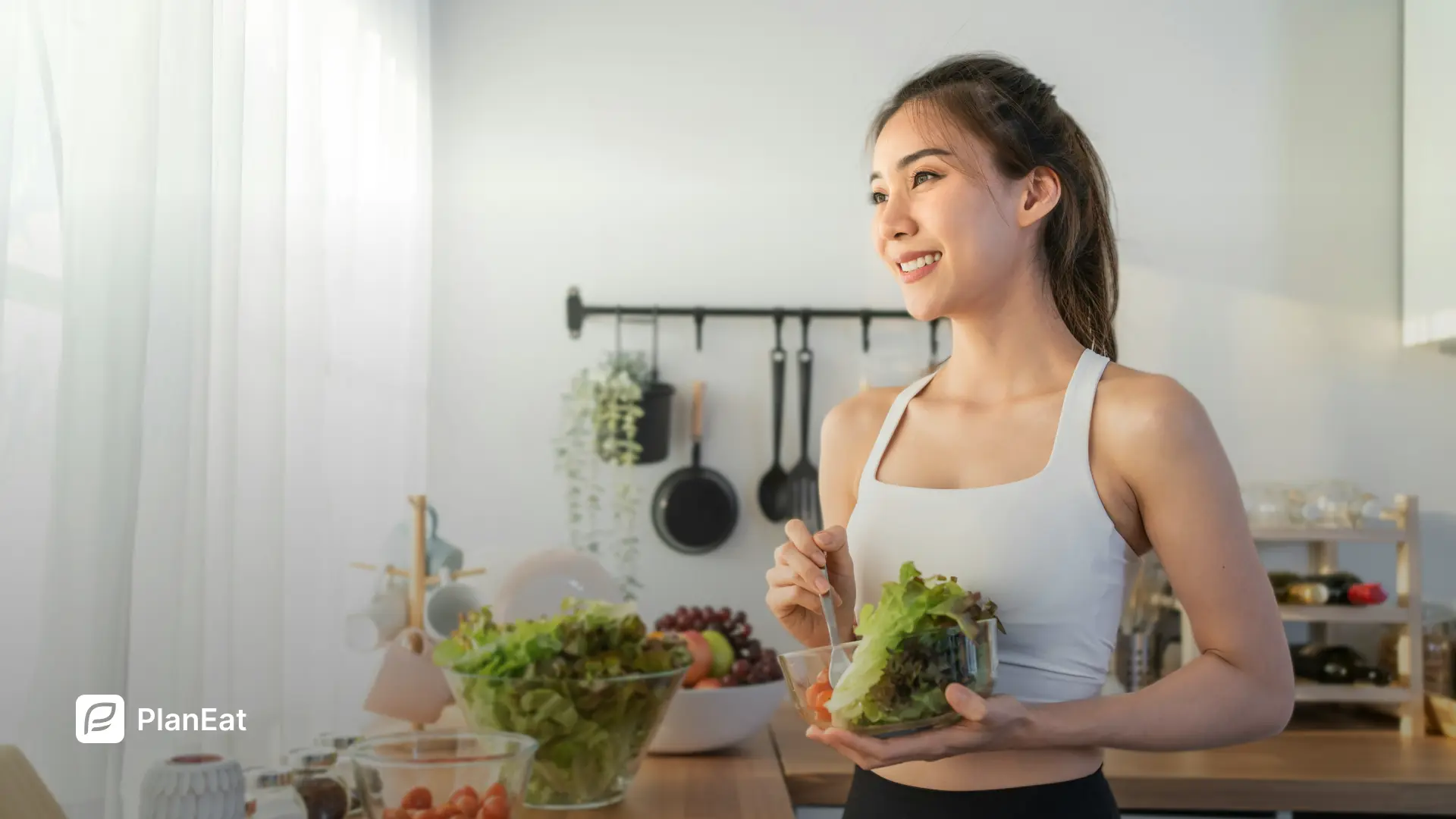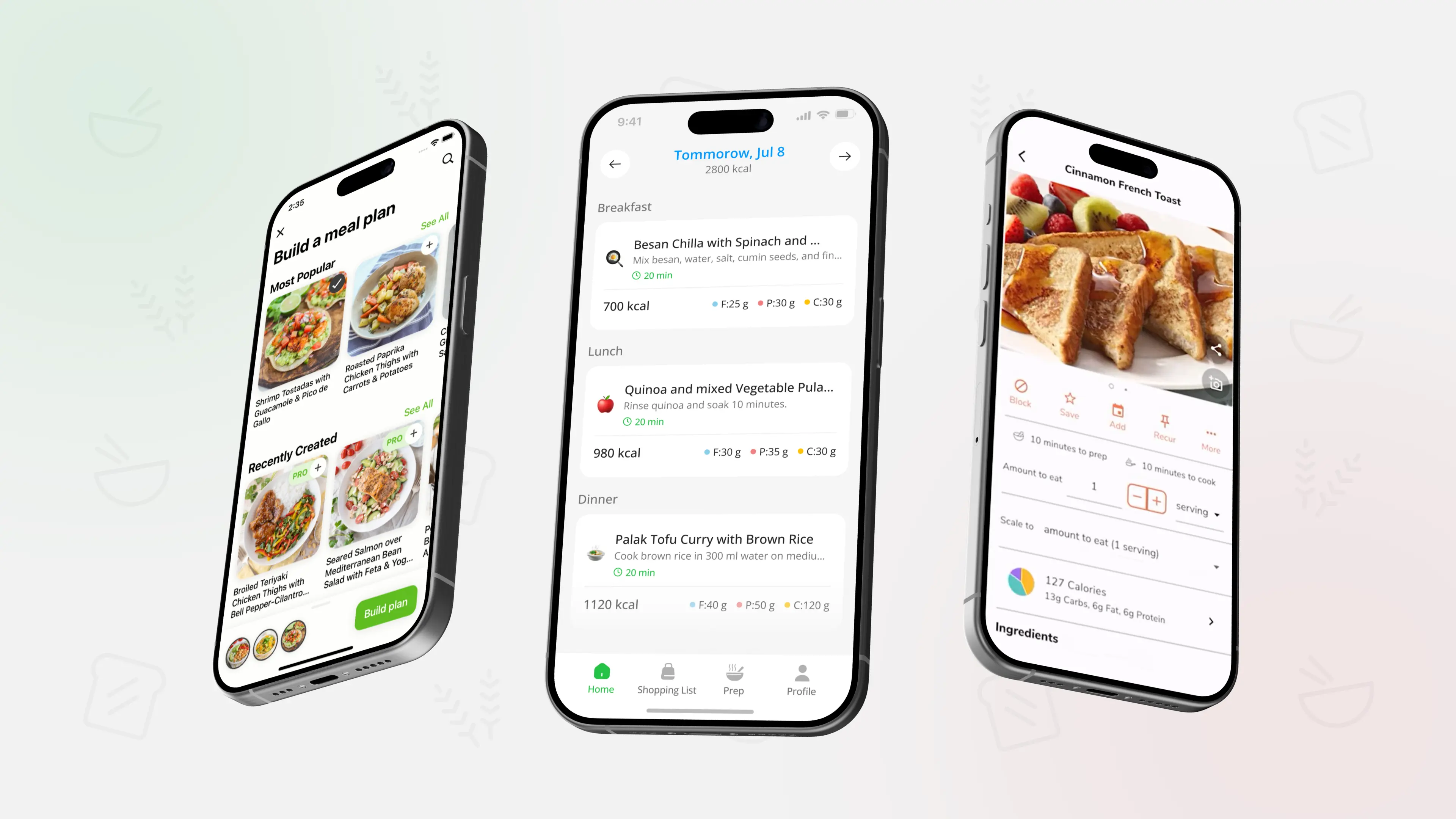Healthy Eating Basics: Build a Balanced Plate
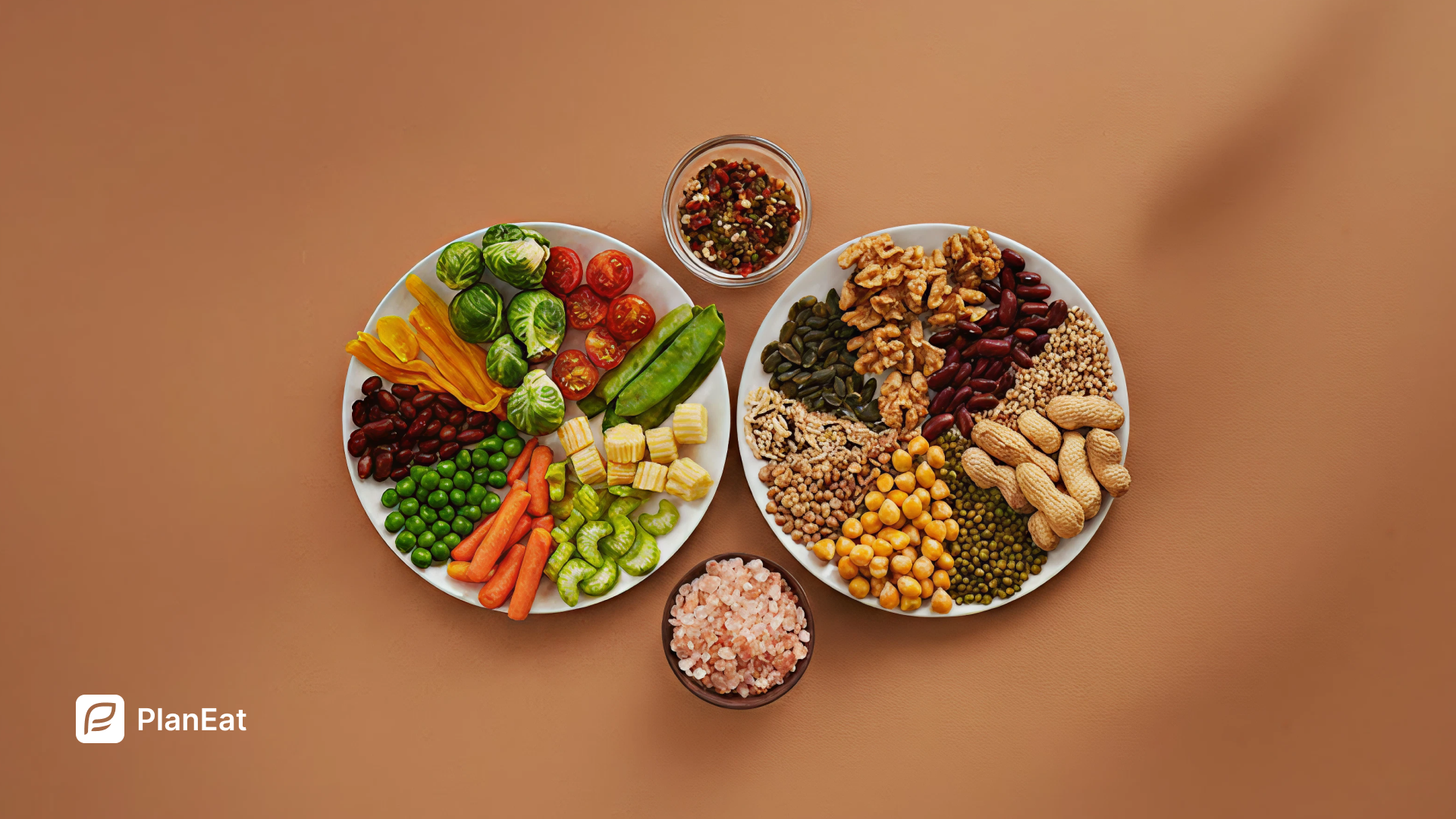
A balanced plate is a repeatable pattern: protein + fiber at most meals, smart carbs, a little healthy fat, water, sleep, and a simple weekly plan you can stick to.
What “balanced” actually means
Balanced eating isn’t a list of banned foods — it’s a structure you can repeat on busy weeks:
• Enough: protein, fiber, and key micronutrients (iron, calcium, vitamin D, iodine, omega-3, folate, magnesium, potassium).
• Not too much: added sugar, excess alcohol, ultra-processed snacks.
• System over willpower: plan the week → grouped grocery list → small meal-prep → flexible swaps.
• Reality check: one planned takeout or eat‑out night is fine — plan for it.
Tooling note: comparing options? See our review of The best meal‑planning apps
The plate method & portions (no scales)
Think visual, not numbers. Use your plate and your hand as quick cues:
• Half the plate = non-starchy veg (leafy greens, broccoli, peppers, cucumbers).
• Protein = one palm (eggs, fish, chicken/turkey, tofu/tempeh; beans/lentils for plant-based).
• Slow carbs = one cupped hand (brown rice, quinoa, oats, whole-grain pasta/wraps, potatoes, beans).
• Fats = one thumb (extra-virgin olive oil, nuts, seeds, avocado).
Daily extras: add a piece of fruit (or use fruit as dessert), and include dairy if it suits you (yogurt, milk, cottage cheese).
Sweet note: if you want something sweet, place it right after a meal rather than on an empty stomach — the protein/fiber base helps soften the spike.
Quick plate ideas: salmon + brown rice + greens · tofu stir-fry over veg + rice · omelet + salad + whole-grain toast.
Prefer a done-for-you path? Turn this plate method into a weekly meal plan with a grouped grocery list in minutes — the same protein + fiber pattern with quick swaps for busy nights.
From plate to week: list & light prep
• List by store sections: produce, dairy, pantry, freezer → faster shopping, fewer impulse sweets.
• Prep once, eat twice: cook double protein or grains; wash/cut fruit/veg; portion snacks.
• Keep 2–3 backups (omelet + salad; soup + toast; frozen veg + noodles + tofu) for days that go sideways.
Want step-by-step planning? See Meal Planning Basics: How to Start
If sugar cravings derail evenings, see How to Stop Craving Sweets All the Time
Balanced-plate examples (3-day starter)
Day 1
• Breakfast: Greek yogurt + berries + chia
• Lunch: Tuna/bean wrap + side salad
• Dinner: Sheet-pan chicken/tofu + potatoes + broccoli
• Sweet finish (optional): 2 squares dark chocolate + a few almonds
Day 2
• Breakfast: Eggs + whole-grain toast + tomatoes
• Lunch: Lentil soup + whole-grain roll
• Dinner: Salmon/tempeh + rice + green veg
• Sweet finish: Skyr + cacao + berries
Day 3
• Breakfast: Oatmeal in milk/soy milk + scoop protein + banana
• Lunch: Rice bowl (chicken/tofu) + veg + sesame
• Dinner: Turkey/chickpea pasta + marinara + salad
• Sweet finish: Baked apple + cinnamon
Want it done for you? Generate a weekly meal plan with a grouped grocery list in minutes — the same protein + fiber pattern, plus quick swaps for busy nights.
Troubleshooting (quick fixes)
• Night cravings: add more protein + fiber earlier; keep dessert after dinner, not on an empty stomach.
• Low energy: check sleep/water first; add a fist of fiber-rich starch at lunch.
• Too many decisions: repeat breakfasts/snacks; use 3–4 dinner templates (sheet-pan, one-pot, stir-fry, soup + sandwiches).
• Vegetarian/vegan plate: focus on tofu/tempeh, beans/lentils, soy yogurt, seitan, whole grains; consider B12 and vitamin D per clinician advice.
FAQ
Do I need to cut carbs to eat “healthy”?
No. Keep fiber-rich carbs (potatoes, brown rice, oats, beans, fruit) and pair with protein + vegetables. Portions matter more than bans.
How much protein should a beginner aim for?
Start with a palm-size portion at main meals (about 20–40 g per meal, depending on body size/needs). Protein supports fullness and lean mass.
Are fats okay on a balanced plate?
Yes — just measure them. Use olive oil, nuts, seeds, avocado in small amounts (e.g., a thumb of fat).
Is fruit “just sugar”?
Whole fruit has fiber + water, slowing absorption and improving satiety. Prioritize fruit over juices.
How many meals a day is best?
Whatever you can repeat. For most people 3 meals + 0–2 snacks works well; regular meals beat all-day grazing.
Educational content only — not medical advice. Personalize if you’re pregnant, have diabetes, eating disorders, or other medical conditions.
Balanced plate — summary
Build meals around protein + fiber, add smart carbs and a little healthy fat, and shop from a grouped grocery list. Repeat a simple 3-day pattern and swap as needed.



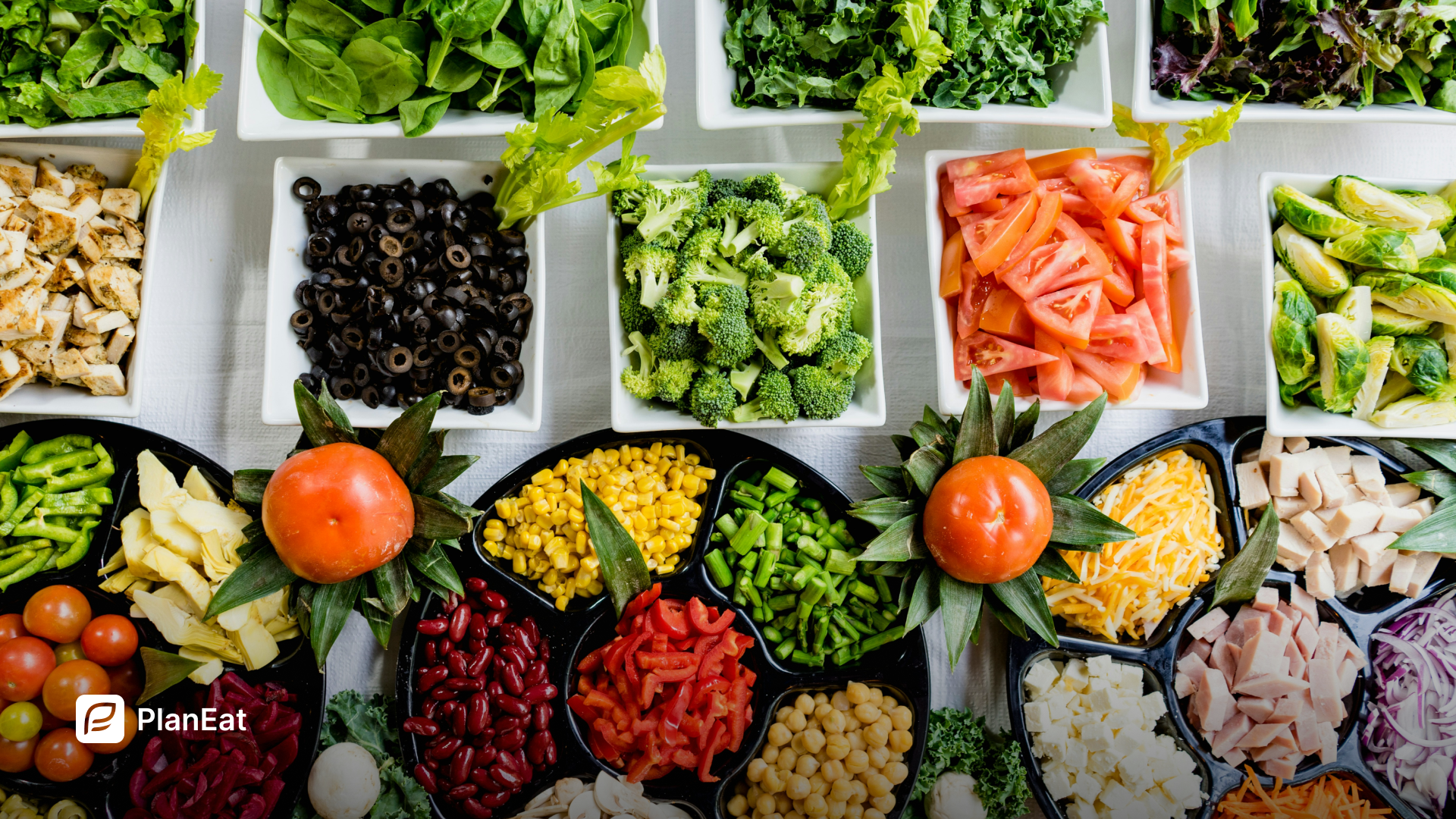
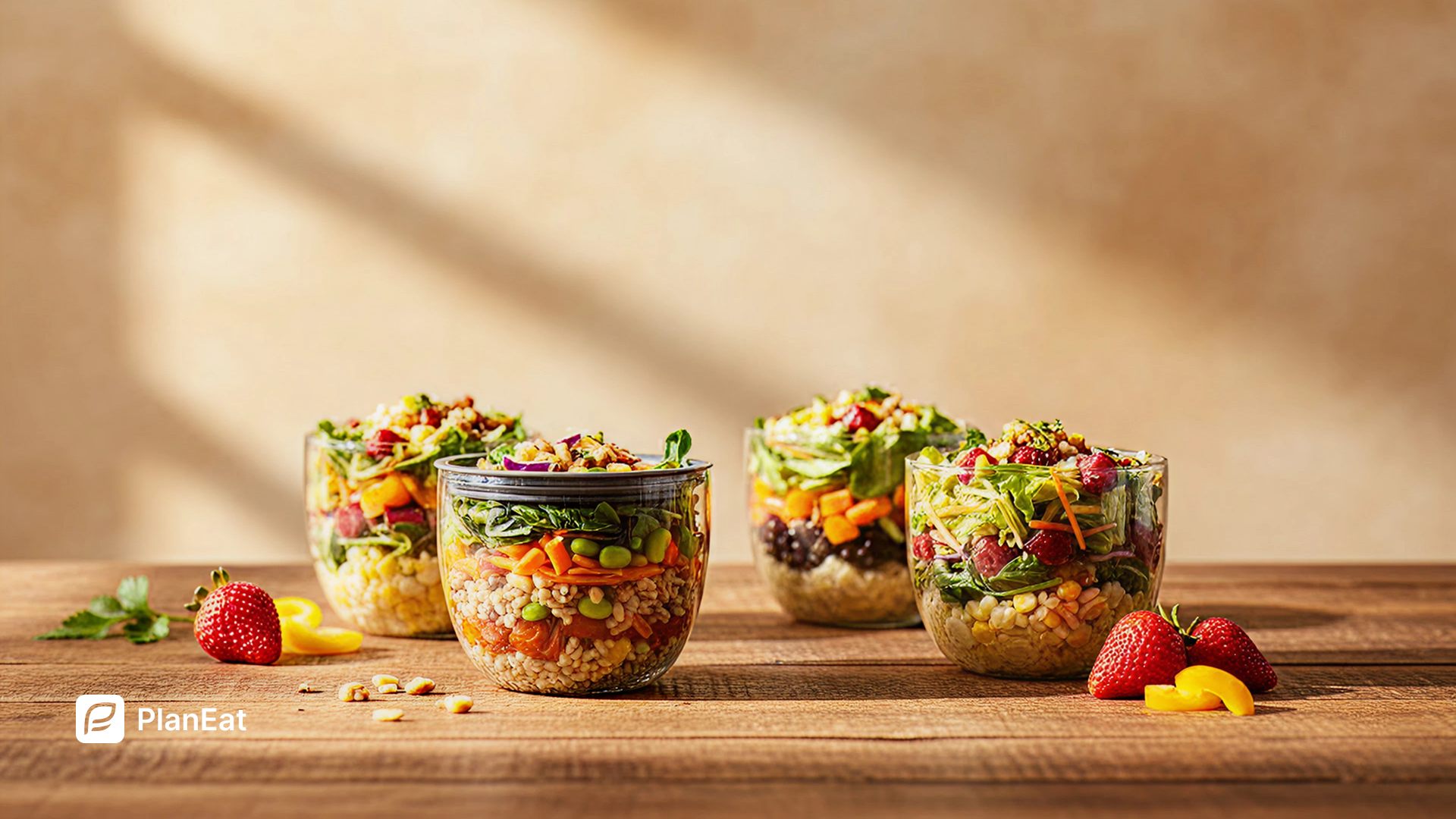

.webp)
